
| Recorded by: Jim Petranka and Becky Elkin on 2025-07-29
Madison Co.
Comment: | 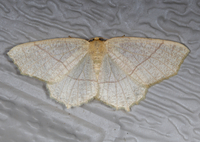
| Recorded by: Jim Petranka on 2025-06-08
Madison Co.
Comment: |

| Recorded by: Jim Petranka, Mark Basinger and Becky Elkin on 2024-06-25
Yancey Co.
Comment: | 
| Recorded by: Mark Basinger on 2024-06-23
Yancey Co.
Comment: |
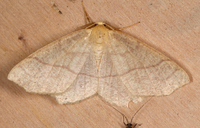
| Recorded by: Jim Petranka and Becky Elkin on 2024-06-03
Madison Co.
Comment: | 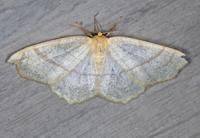
| Recorded by: Jim Petranka on 2024-06-02
Madison Co.
Comment: |
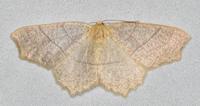
| Recorded by: Emily Stanley on 2024-05-24
Buncombe Co.
Comment: | 
| Recorded by: Jim Petranka on 2024-05-20
Madison Co.
Comment: |

| Recorded by: Jim Petranka, Mark Basinger and Becky Elkin on 2024-05-16
Buncombe Co.
Comment: | 
| Recorded by: Jeff Niznik on 2024-05-14
Madison Co.
Comment: |

| Recorded by: Jeff Niznik on 2024-05-13
Madison Co.
Comment: | 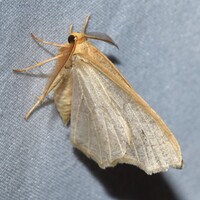
| Recorded by: Jeff Niznik on 2024-05-13
Madison Co.
Comment: |
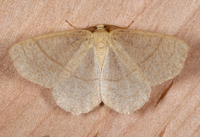
| Recorded by: Jim Petranka and Becky Elkin on 2023-06-24
Buncombe Co.
Comment: | 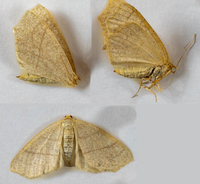
| Recorded by: David George on 2023-06-16
Avery Co.
Comment: |
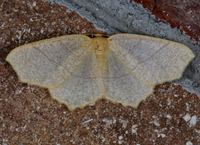
| Recorded by: Jim Petranka on 2023-06-04
Madison Co.
Comment: | 
| Recorded by: Jim Petranka on 2023-06-02
Madison Co.
Comment: |
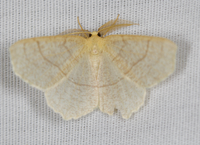
| Recorded by: Jim Petranka and Becky Elkin on 2022-06-07
Madison Co.
Comment: | 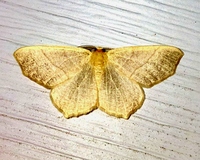
| Recorded by: Ken Kneidel on 2022-05-27
Yancey Co.
Comment: |
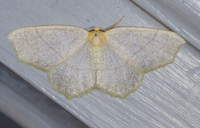
| Recorded by: Jim Petranka on 2021-06-04
Madison Co.
Comment: | 
| Recorded by: tom ward on 2021-05-30
Buncombe Co.
Comment: |
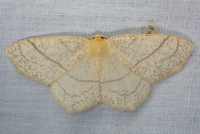
| Recorded by: tom ward on 2021-05-27
Buncombe Co.
Comment: | 
| Recorded by: J.B. Sullivan on 2021-04-27
Craven Co.
Comment: Larva feeding on Red Maple |
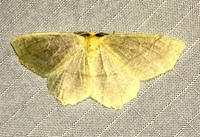
| Recorded by: Ken Kneidel on 2020-06-14
Yancey Co.
Comment: | 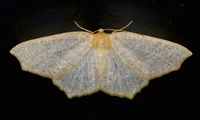
| Recorded by: Jim Petranka and Becky Elkin on 2019-06-07
Madison Co.
Comment: |
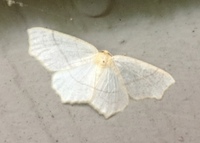
| Recorded by: David George on 2019-05-27
Watauga Co.
Comment: | 
| Recorded by: Stephen Hall and Ed Corey on 2017-05-17
Surry Co.
Comment: |
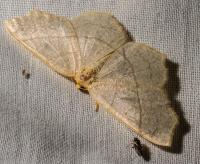
| Recorded by: Steve Hall and Bo Sullivan on 2016-06-15
Ashe Co.
Comment: | 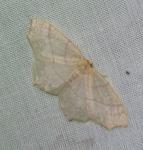
| Recorded by: B. Bockhahn, K. Kittelberger, P. Scharf on 2015-06-18
Avery Co.
Comment: |
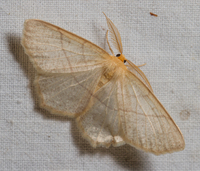
| Recorded by: Steve Hall and Ed Corey on 2015-05-16
Alleghany Co.
Comment: | 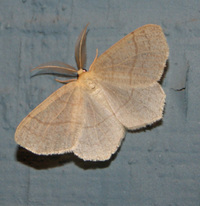
| Recorded by: Vin Stanton on 2012-05-18
Buncombe Co.
Comment: |
|

 »
»






















